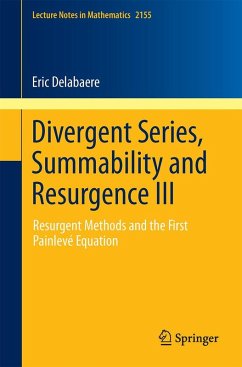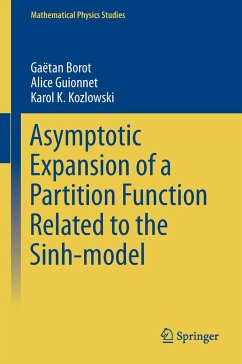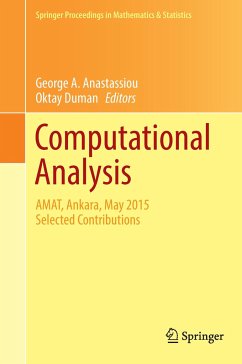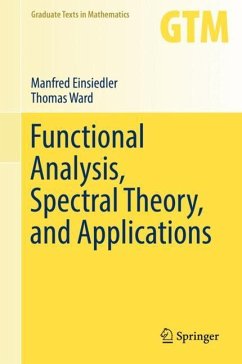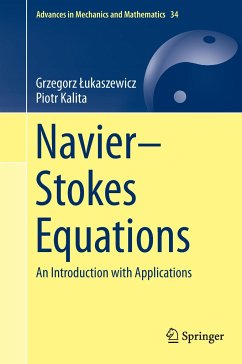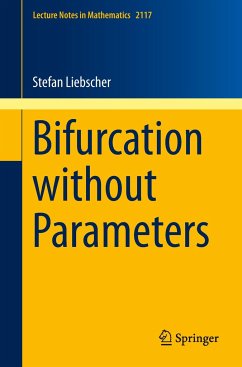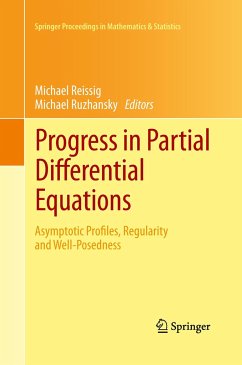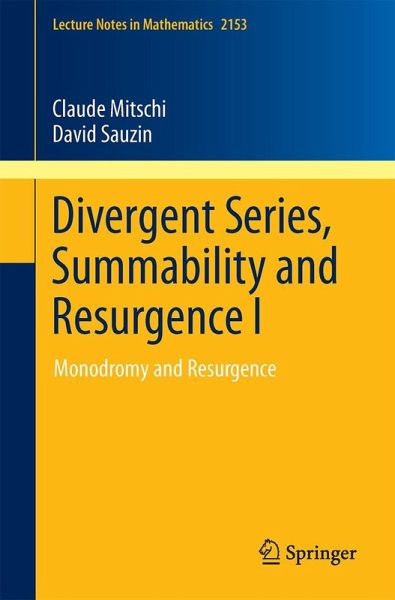
Divergent Series, Summability and Resurgence I
Monodromy and Resurgence

PAYBACK Punkte
23 °P sammeln!
Providing an elementary introduction to analytic continuation and monodromy, the first part of this volume applies these notions to the local and global study of complex linear differential equations, their formal solutions at singular points, their monodromy and their differential Galois groups. The Riemann-Hilbert problem is discussed from Bolibrukh's point of view. The second part expounds 1-summability and Ecalle's theory of resurgence under fairly general conditions. It contains numerous examples and presents an analysis of the singularities in the Borel plane via "alien calculus", which...
Providing an elementary introduction to analytic continuation and monodromy, the first part of this volume applies these notions to the local and global study of complex linear differential equations, their formal solutions at singular points, their monodromy and their differential Galois groups. The Riemann-Hilbert problem is discussed from Bolibrukh's point of view.
The second part expounds 1-summability and Ecalle's theory of resurgence under fairly general conditions. It contains numerous examples and presents an analysis of the singularities in the Borel plane via "alien calculus", which provides a full description of the Stokes phenomenon for linear or non-linear differential or difference equations.
The first of a series of three, entitled Divergent Series, Summability and Resurgence, this volume is aimed at graduate students, mathematicians and theoretical physicists interested in geometric, algebraic or local analytic properties of dynamical systems. It includes useful exercises with solutions. The prerequisites are a working knowledge of elementary complex analysis and differential algebra.
The second part expounds 1-summability and Ecalle's theory of resurgence under fairly general conditions. It contains numerous examples and presents an analysis of the singularities in the Borel plane via "alien calculus", which provides a full description of the Stokes phenomenon for linear or non-linear differential or difference equations.
The first of a series of three, entitled Divergent Series, Summability and Resurgence, this volume is aimed at graduate students, mathematicians and theoretical physicists interested in geometric, algebraic or local analytic properties of dynamical systems. It includes useful exercises with solutions. The prerequisites are a working knowledge of elementary complex analysis and differential algebra.





